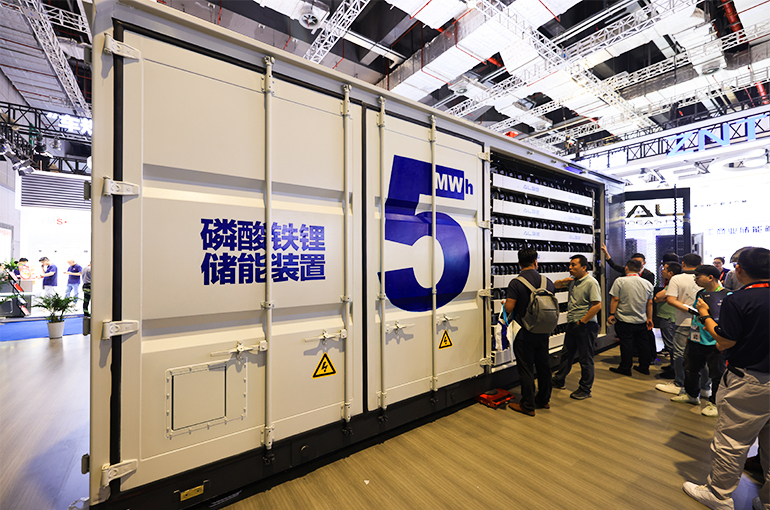 New Finds Make China’s Lithium Reserves World’s Second Largest
New Finds Make China’s Lithium Reserves World’s Second Largest(Yicai) Jan. 9 -- China has leaped into second place globally for lithium reserves following a series of major discoveries in the west of the country, according to the China Geological Survey.
China’s lithium reserves accounted for 16.5 percent of the total worldwide as of last year, up from 6 percent the previous year, the government body announced yesterday.
The newly discovered deposits are mainly concentrated in Jiangxi, Qinghai, and Sichuan provinces, Xinjiang Uygur Autonomous Region, and Inner Mongolia Autonomous Regions. Chile remains the world’s second-largest source of lithium. China moved up from sixth place.
The spodumene metallogenic belt alone contributes 6.5 million tons of proven fresh reserves, and potentially exceeds 30 million tons. The new salt-lake lithium deposits top 14 million tons, becoming the world's third-largest source after the so-called Lithium Triangle of Chile, Argentina, and Bolivia as well as the western United States.
Moreover, the technological challenges of extracting lithium from lepidolite in Jiangxi and other regions have been overcome, with newly added reserves topping 10 million tons, the CGS said.
Lithium is a key component of lithium-ion batteries used in electric vehicles, renewable energy storage, and consumer electronics. China is its largest consumer due to the country’s leading role in battery and EV production, and with the global shift to renewable energy and electrification, demand has surged in recent years.
Still, the new finds are unlikely to have much bearing on the Chinese or international lithium-ion battery markets, Securities Daily cited Duan Zhiqiang, president of Inno Investment Bank Research Institute, as saying.
Reserves and extractable deposits are two different things, Duan pointed out. It takes two to three years to build lithium mining facilities, and even as much as three to five years if deposits are at high altitudes, he said. The new reserves are generally still in the initial exploration or general survey stages, so the economically extractable quantities can only be determined at a later stage, Duan added.
Duan also noted that lithium mining in these areas poses challenges, such as the harsh natural environment, the need for infrastructure, as well as low and stable lithium prices at the moment, so the new reserves are unlikely to impact the spot market in the short term.
Editor: Futura Costaglione